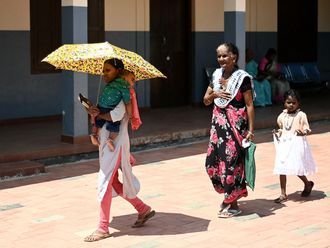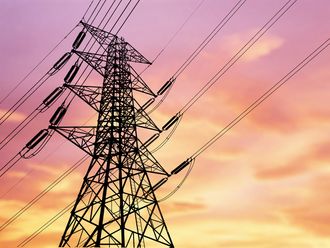Mumbai: India's tsunami rehabilitation work continues in full swing, five years after the natural disaster killed thousands of people living along the coastline of the states of Tamil Nadu, Andhra Pradesh, Pondicherry and Kerala and the union territory of Andaman and Nicobar Islands.
Compared to some other countries, the response from the Indian administration and people was overwhelming as it helped form a strong basis for not just relief and recovery but support in the long run for people to build back better.
Indian figures on the impact of tsunami was: 12,405 people lost their lives and 6,913 were injured while 647,599 were displaced from their homes and 100,000 houses estimated to be damaged or destroyed.
About 75 per cent of those who died were women and children. While 787 became widows, 530 children lost both their parents.
Tamil Nadu bore the brunt along with Andaman and Nicobar Islands. Economic losses exceeded $1.2 billion (Dh4.4 billion) involving damage to roads, bridges, ports and around 154,000 houses as well as public buildings like schools.
One third of the people, including a majority of fishermen who suffered were poor and from disadvantaged groups.
Thousands of houses have been built or are in the process of being constructed, and people's livelihood has been restored, infrastructure upgraded, and a healthy environment created through the construction of hospitals, clinics and schools.
The UN agencies helped with sanitation programmes assisting in improving the quality of housing development.
Positive effects
Despite the trauma that the people have been coping with for the last five years, the relief and rehabilitation efforts have had some positive effects on the society.
In Tamil Nadu, in particular, the percentage of squatter houses has not only declined but the quality of housing improved.
Small Help Groups reveal their lifestyle after tsunami is changing towards the better. Even the youth are getting special attention as part of skill training programmes of NGOs
The Tamil Nadu government has so far sanctioned Rs30 billion (Dh2.5 billion) for relief and rehabilitation in coordination with the federal authorities.
Steps are being taken to establish tsunami warning centres in Chennai, Cuddalore, Nagapattinam, Tuticorin, Rameshwaram and Kanyakumari.
The importance of mangroves, wetlands, coral reefs and afforestation activities are also being emphasised in local communities since they help in deflecting and absorbing much of the energy of winds and waves.













